Pittsburgh is known around the world as the “Steel City”, a reference to its industrial past. It’s not an exaggeration to say that steel built the modern world, and as the center of the American steel industry, Pittsburgh played a huge role in the development of modern day America. The steel industry has largely disappeared from Pittsburgh, but there are still some historical remnants, of which my favorite is the Carrie Furnaces.
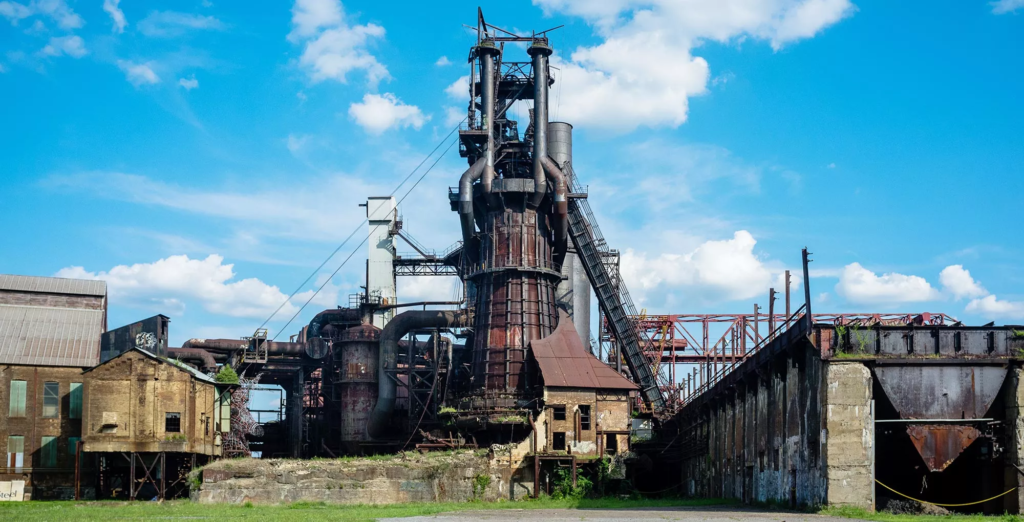
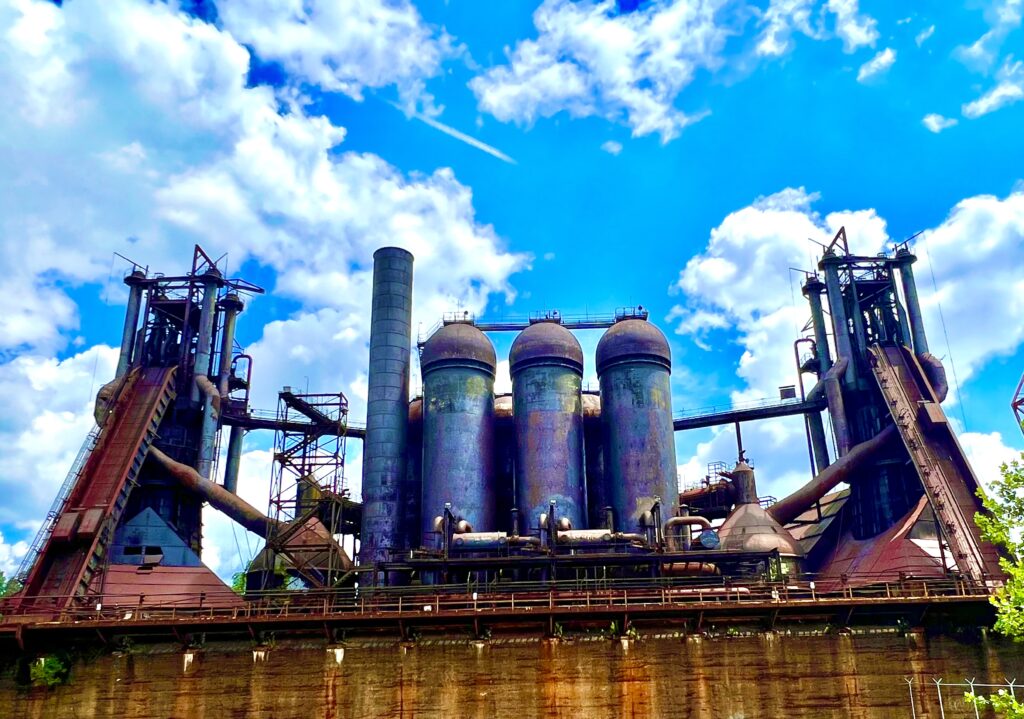
Towering over the Monongahela River, Carrie Furnaces are the only remaining non-operative blast furnaces in the region. The Carrie Furnaces were built in 1884, and are one of the only remaining examples of pre-WWII steel making technology. During their heyday, these blast furnaces didn’t make steel, but rather the key ingredient for steel, molten iron. The Carrie Furnaces produced over a 1,000 tons of molten iron per day, which crossed a hot metal bridge to the other side of the river, where the Homestead Steel Works turned it into steel. Both Carrie Furnaces and Homestead Works were part of Carnegie Steel, and later US Steel, and for many years this was the largest steel mill in the world.
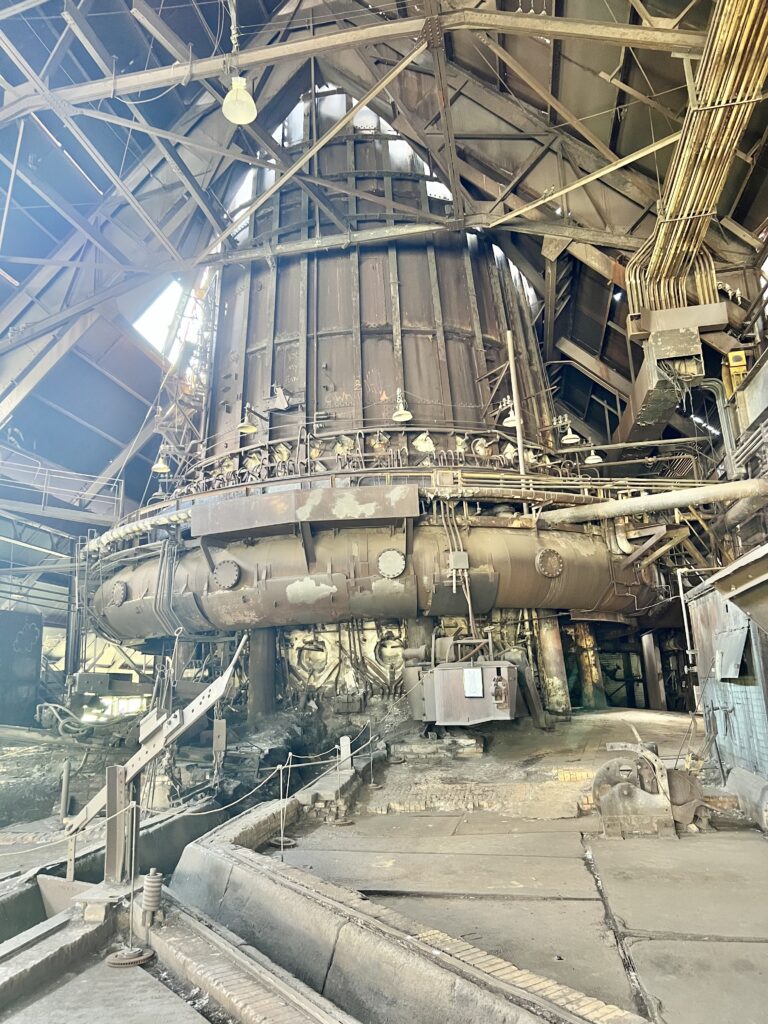
As the largest steel mill in the world, the site predictably played a role in the construction of some of America’s most historic structures. Some of the most notable were the Empire State Building, Gateway Arch, Rockefeller Center; the San Francisco-Oakland Bay Bridge, and the Panama Canal. Homestead and Carrie Furnaces also produced steel for railroads, pipelines, bridges, and warships. Given it’s historical significance, Congress created the Rivers of Steel National Heritage Area, through which the Carrie Furnaces have been preserved.
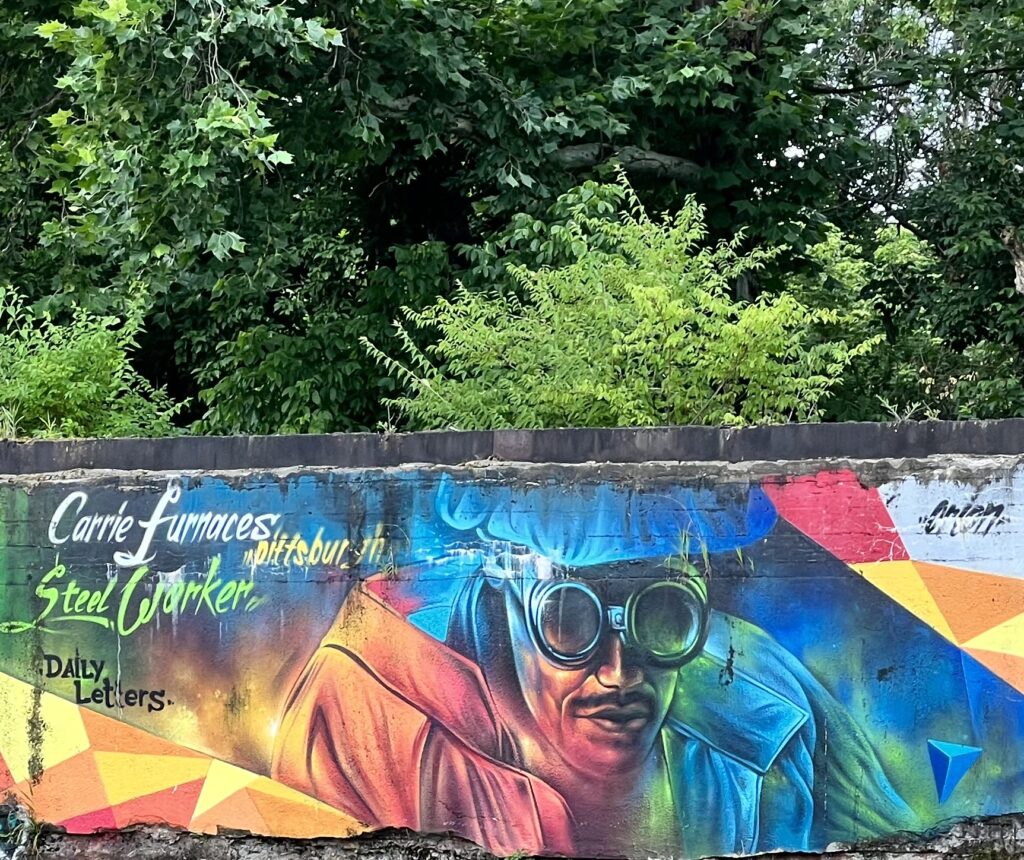
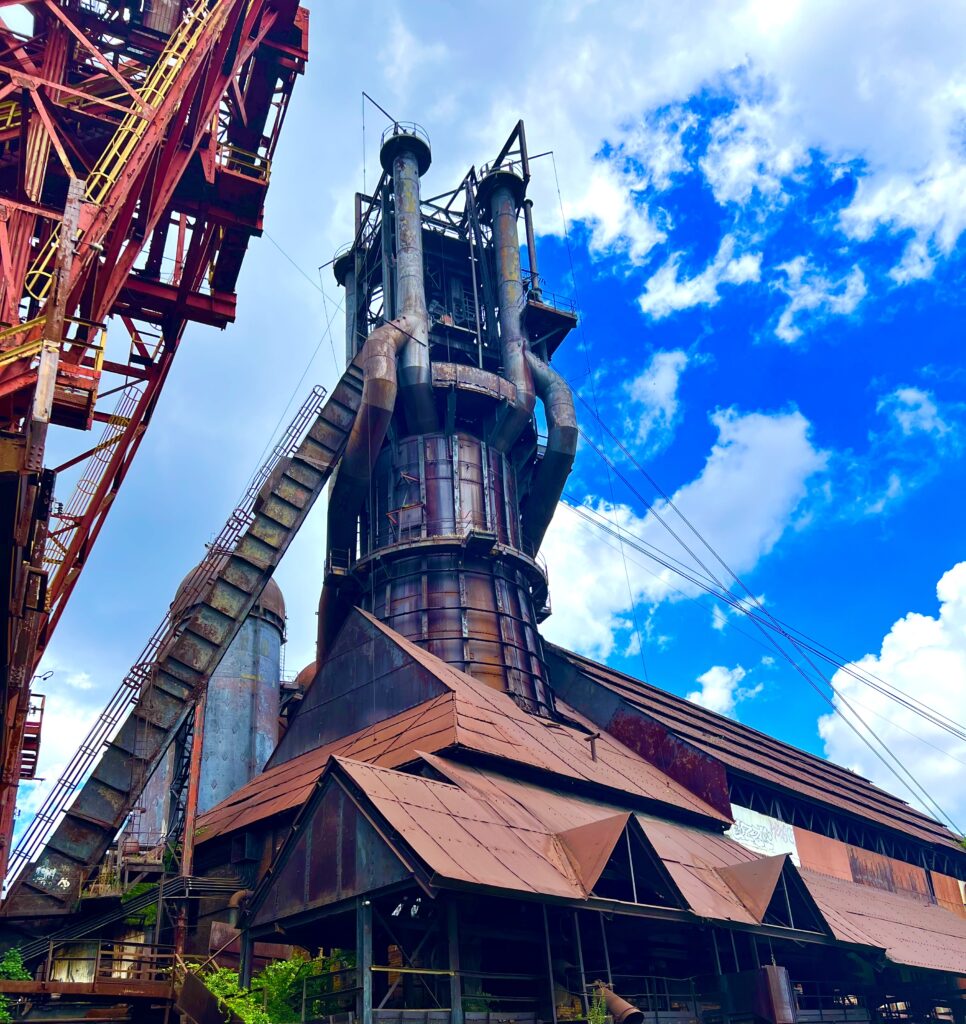
Tours of the site are offered by Rivers of Steel, and I couldn’t recommend it more. The tours are led by former Carrie Furnace workers, who are just excellent, offering insights not just on how the furnaces worked, but what day to day life was like. If you’re a regular reader of this blog, you already know I’m interested in this sort of thing, but I’m convinced most people would really enjoy touring Carrie Furnaces. It’s a cool piece of history, and not the kind of thing you can do anywhere. So the next time you’re in Pittsburgh, consider taking a tour, it might end up being the coolest thing you see.
RiversOfSteel.com/experiences/tours/industrial-tour/
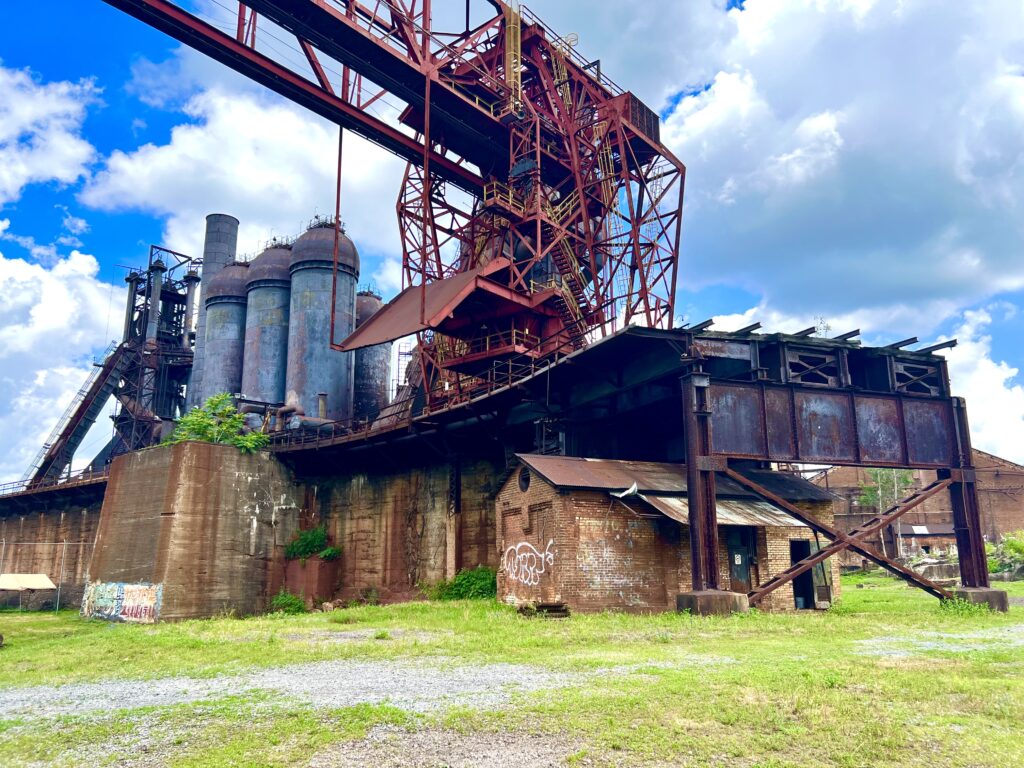
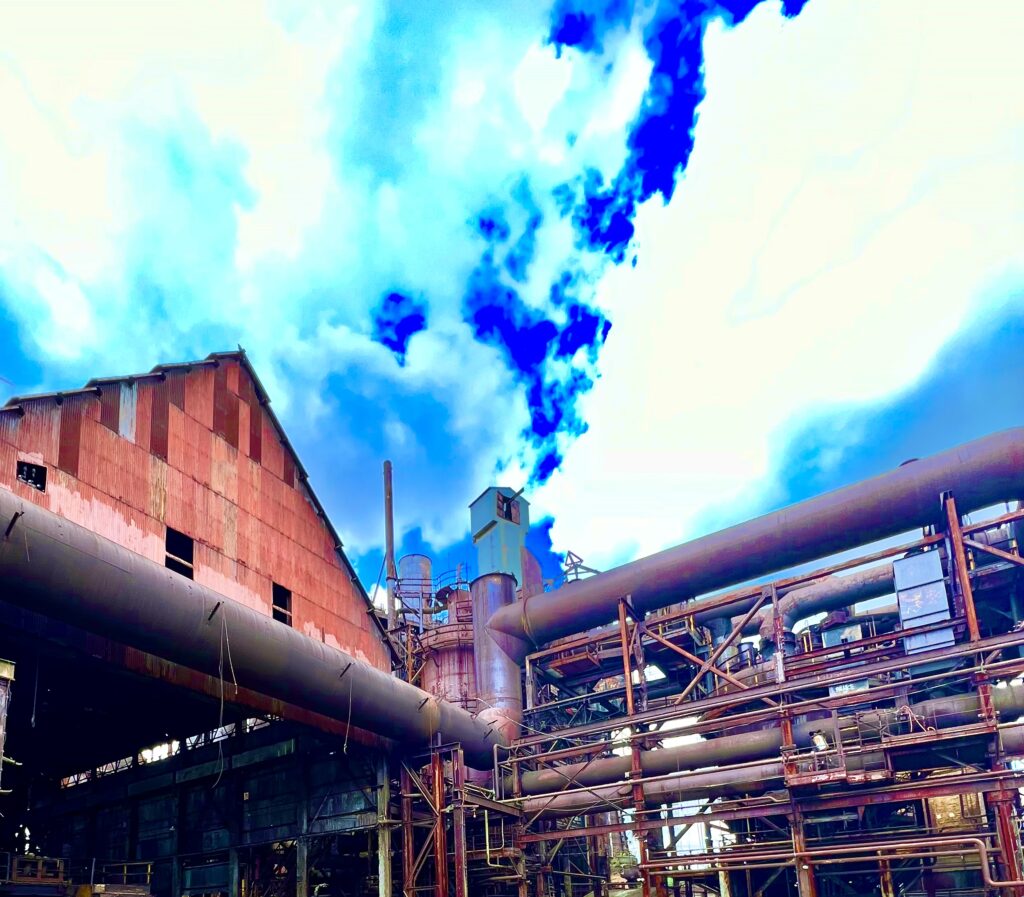
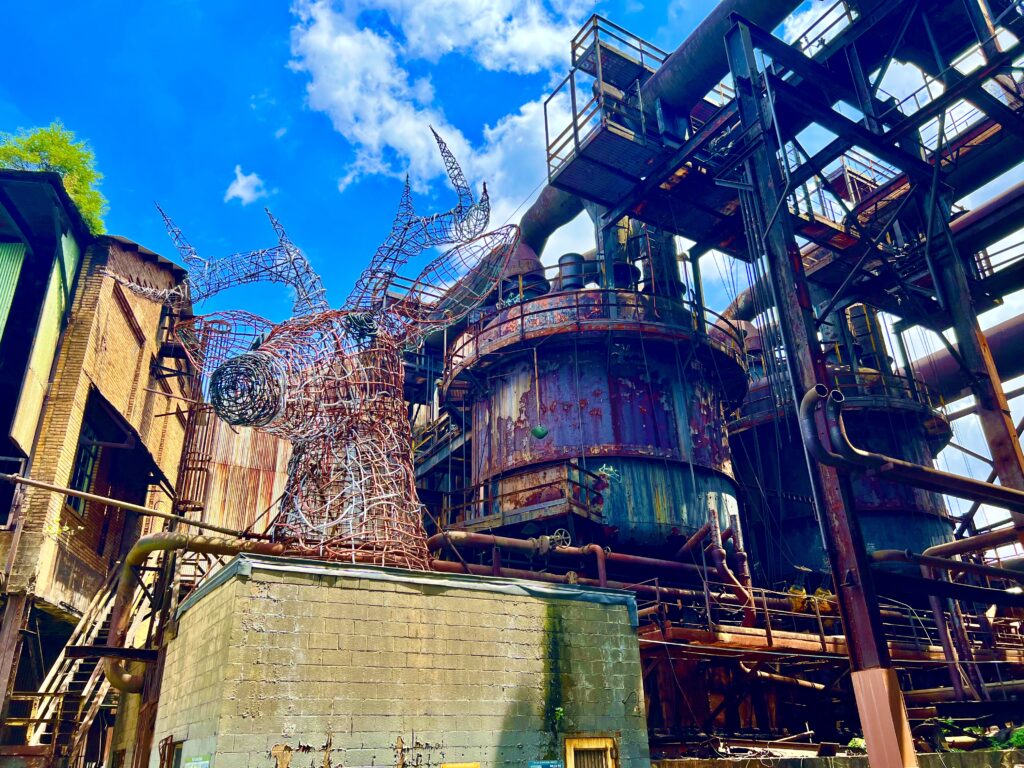
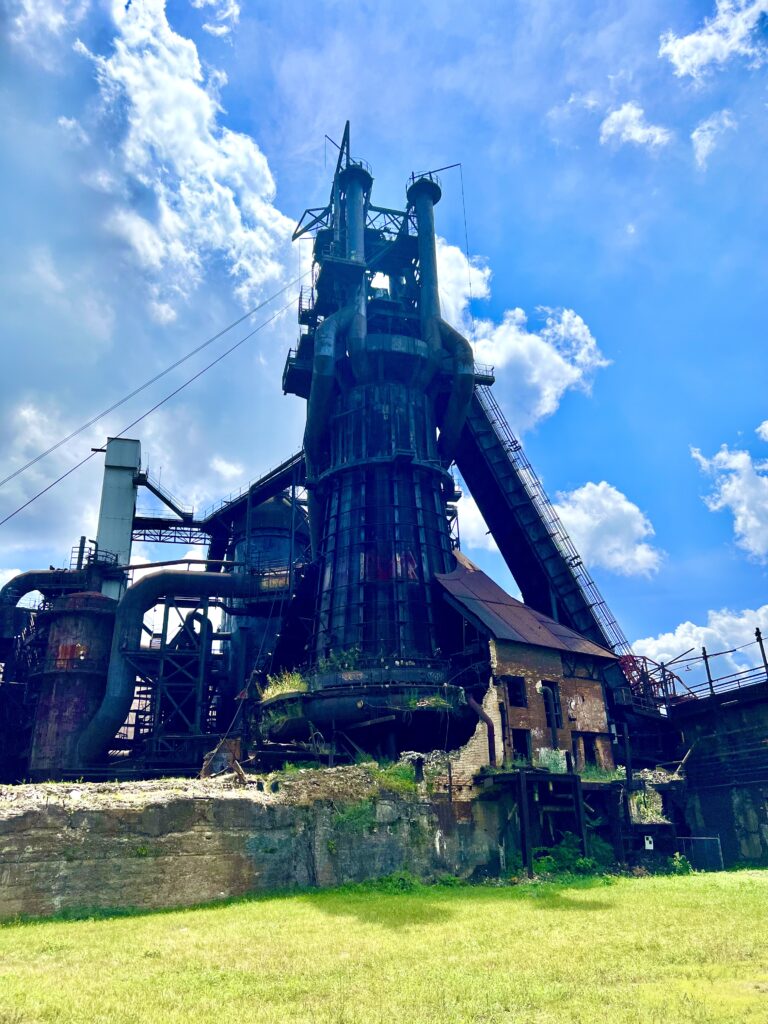

I never would have thought about taking a tour like this. Sounds so interesting. The deer is cool too. 😊
I had an unusual experience in the Appalachians, north of Bristol VA, once. I was heading toward my hotel with another CDF guy on a country road at about 2am. As we turned a corner we saw a coal plant firing flames out of four huge chimneys about 100 feet+ into the air. My friend said, “Welcome to hell!” It was awe-inspiring. This post reminded me of how amazing it must have been to see molten iron traveling down man-made canals and across a bridge toward their ultimate destination.